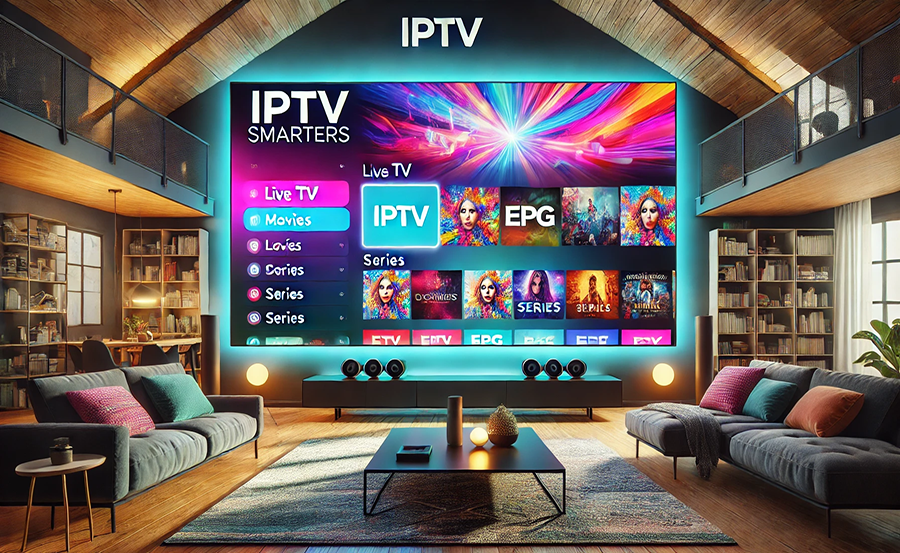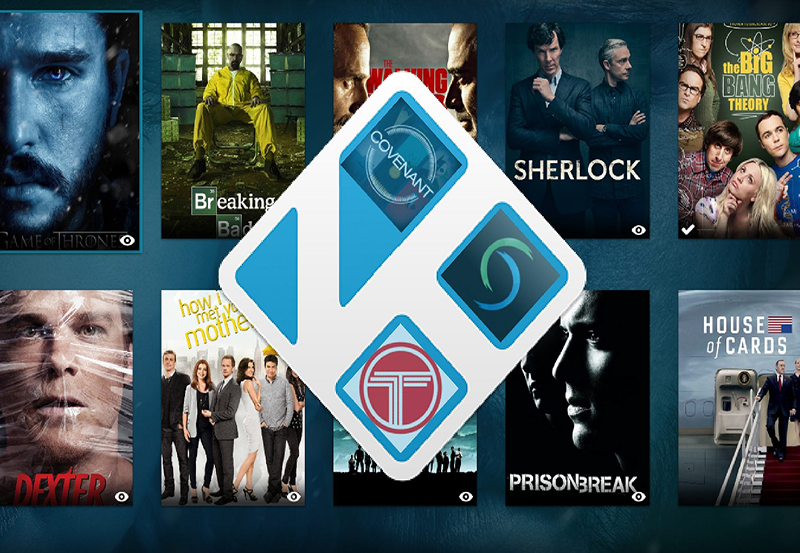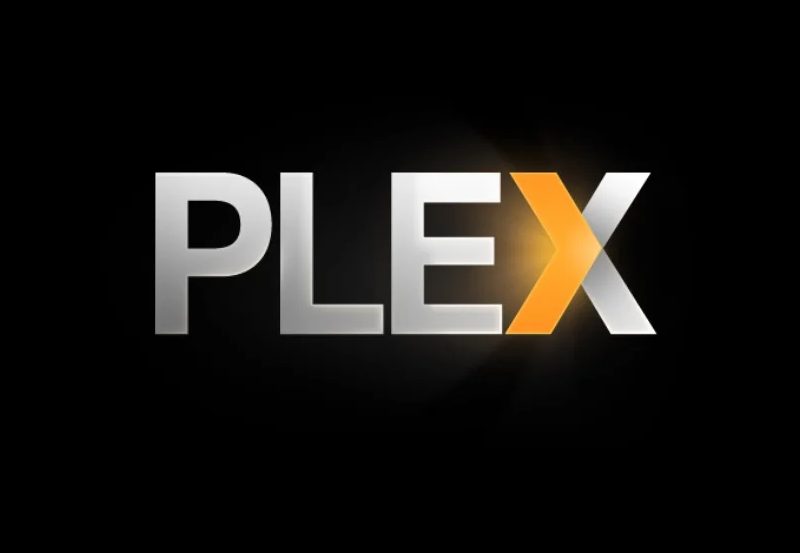In the past few years, the way we consume video content has dramatically evolved. The days of waiting for your favorite show at a set time on your television are long gone. The emergence of Over-the-Top (OTT) technology has revolutionized how audiences access entertainment, pushing traditional TV boundaries further than ever imagined. However, what exactly are these OTT players, and how do they fit into the tapestry of modern streaming services?
Understanding OTT Players: An Overview
OTT players, or Over-the-Top platforms, are digital services delivered via the internet, bypassing traditional cable or satellite television infrastructure. These include services like Netflix, Hulu, and Amazon Prime Video. Unlike traditional broadcasters, OTT services offer users the ability to stream content on-demand, often across multiple devices and locations.
Unlike conventional models, these platforms capitalize on the power of the internet. This change has shifted control from broadcasting giants to the hands of viewers, who can now customize their viewing experiences. With this change, many questions arise regarding their influence on the IPTV market, particularly concerning the best IPTV service providers.
The Surge of OTT Platforms in the IPTV Realm
Song how OTT players have integrated into the IPTV space is crucial to understanding their role and impact. IPTV, or Internet Protocol Television, allows channel streaming through the internet—a functionality that aligns closely with OTT operations. Both systems provide alternatives to traditional broadcast services, yet they walk their own paths in terms of delivery and business models.
As OTT services become more focused, IPTV resellers have found avenues to differentiate themselves. With curated content and packages that cater to niche audiences, IPTV providers stand out by offering exclusivity. Consumers, in turn, have more choices than ever, enabling them to transform their IPTV viewing habits significantly.
OTT versus Traditional TV: The Shifting Landscape
The transformation in how content is consumed took years by storm, with traditional TV struggling to keep up. OTT players stepped in to fill a growing demand for better, more flexible entertainment options, offering content that’s not limited by scheduling or geographical constraints.
For years, a significant advantage of OTT services has been their lack of advertising interruptions, a nagging issue with standard television broadcasts. This clean viewing experience has made them particularly appealing to cord-cutters and cord-nevers. The switch isn’t just about convenience—it’s part of a broader change in media consumption habits. Buy 1 Year IPTV Subscription and Enjoy Unlimited Content
Why Audiences Prefer OTT Platforms
With a myriad of options available, the million-dollar question remains: why are users flocking to OTT platforms en masse? The reasons are multifaceted. First, the variety of content on these platforms surpasses what most traditional services can offer. Whether it’s international flicks or indie films, OTT platforms house vast libraries that cater to diverse tastes.
Second, the platform’s adaptability to user preferences is staggering, providing personalized recommendations based on viewing history and preferences. This not only keeps users engaged but also makes the content discovery process thrilling.
Flexibility and Accessibility
OTT platforms also come with the benefit of cross-device usability. Whether on a mobile phone, tablet, or smart TV, content is just a click away. This flexibility is particularly appealing in a fast-paced world where convenience reigns supreme.
The availability of a pause button on live content is an appreciable feature that audiences didn’t know they needed until they experienced it, further tilting the scales in favor of OTT services. It’s little functionalities like these that offer an edge, adding a sprinkle of conveniences to everyday viewing.
The Economies of OTT Platforms
Beyond the viewing experience, the economic model of OTT services is unlike anything traditional broadcasters have tackled. Typically subscription-based or ad-supported, OTT players have strategized business models that encourage both user acquisition and retention.
In contrast to classic broadcasting, which relies heavily on advertising revenue, many OTT platforms prioritize subscription income. This steady revenue stream promotes content investments, compelling them to regularly update and enhance their offerings, keeping users onboard in a fiercely competitive space.
Adoption and Adaptation in the Business World
Businesses realize the wealth of opportunities that OTT presents, especially concerning digital advertising. The advanced analytics these platforms provide make it feasible to gauge viewer preferences and behaviors with unprecedented accuracy, allowing for almost tailor-made marketing campaigns.
Moreover, this subscription model has ushered in diverse economic opportunities for IPTV resellers, who now have the chance to partner with or create OTT-like streaming services, offering branded content or exclusive experiences that intercept mainstream OTT platforms.
Marketing Strategies Driven by Data Insights
In a digital-first world, data is king—and OTT services sit on data gold mines. Leveraging these insights allows OTT platforms to optimize their marketing strategies. For example, by targeting specific audience segments based on consumption habits, platforms can ensure that content reaches those most likely to engage.
This has turned the tables on conventional TV, where audience data was, at best, an educated guess. The granular data now available means that content creators are better equipped to meet customer needs head-on, crafting tailored user experiences backed by data-powered decisions.
The Transformative Impact on User Viewing Habits
The user experience facilitated by OTT platforms has been nothing short of transformative. By offering personalized experiences and on-demand flexibility, these services encourage viewers to explore beyond typical viewing patterns. They spark curiosity and cultivate engagement with varied, intriguing content.
Building Personalized Viewing Pathways
Most modern OTT platforms are built to analyze and predict user preferences, improving through machine learning as more data is collected. Over time, this creates a sleek, personalized interface that presents content consistent with individual tastes and habits.
The idea is not merely to have more content but to offer the right content. This strategy massively influences user satisfaction and retention, proving especially fruitful for IPTV services willing to learn and adapt from these methods.
Elevating the User Experience Cycle
A standout feature of OTT platforms is how they enhance the user experience’s cyclical nature, encouraging ongoing engagement. Users are consistently driven back to platforms through new releases, enriched library content, and various formats—from documentaries to immersive series the platforms continually expand upon.
This model enhances user interaction, paving the future for IPTV resellers who aim to create similar all-encompassing arrays that can engage even the pickiest viewer.
How Businesses Leverage OTT Platforms
Businesses from varied industries are realizing that OTT platforms are not just for entertainment but also valuable mediums for growth and connection. The ever-expanding user base of OTT platforms has paved the way for innovative customer reach strategies like branded content and strategic partnerships.
Creating Brand Narratives Through OTT
With OTT, companies can weave compelling brand stories around content that resonates with their target audiences. By designing shows or short clips that revolve around a product or service, businesses can capture consumer attention in non-intrusive ways.
These brand narratives go beyond the scope of traditional advertising, morphing into engaging pieces of the broader storytelling roadmap, offering insights, entertainment, and value that promote brand affinity over time.
Leveraging Influencers in OTT Spaces
Another avenue businesses are venturing down is influencer collaborations within OTT ecosystems. With these platforms often hosting a range of influencer-led content, brands now have the opportunity to participate in strategic partnerships to amplify their messaging.
This mutually beneficial strategy helps influencers gain visibility on well-trafficked platforms while providing brands with sophisticated content endeavors filled with authenticity and distinct audience appeal.
A Vision Forward: Future Trends in OTT Platforms
The landscape is ripe for innovation, with numerous trends brewing on the horizon. OTT services are destined to broaden their horizons further, embracing technology to deliver higher quality experiences.
Enhanced Interactivity
Interactivity is soon to be a keyword in the OTT space with platforms exploring ways to merge traditional video content with interactive elements. Features may include branching narratives, real-time polls, and even audience-driven live streams—a step that could increase both engagement and retention.
This blend of interactivity is poised to revolutionize content as a pakcage, where viewers are participants rather than passive consumers. As such, all OTT services eyeing longevity in this field must pay close attention to these emerging shifts.
IPTV Resellers: Aligning with OTT Trends
IPTV resellers have ample motivation to adapt to OTT’s innovations. As viewer expectations evolve with enhanced interface engagements and on-demand availability, IPTV services must guide their transformations to align with these user-centric trends.
This not only includes adopting similar interactive badge sets overlayed with branded services but also fostering creative collaborative ventures to curate localized content packages that seamlessly mix with international standards.
Rounding Out the OTT Adventure
The role of OTT players in modern streaming services is pivotal. Their innovations keep redefining what it means to watch, listen, and interact with media across industries globally. As traditional platforms adjust and IPTV services maneuver through the crowded digital sea, all stakeholders must keep their eyes peeled for emerging opportunities that these ever-evolving platforms introduce. In a landscape primed for change, adaptability and foresight reign supreme as the pillars to future success.
FAQs About OTT Players and Streaming Services

What is an OTT Platform?
OTT stands for “Over-the-Top,” a type of platform that provides media content delivery via the internet, bypassing traditional broadcasting channels. This allows users to access videos, music, and other digital media on-demand across various devices.
How Do Best IPTV Service Providers Compete with OTT Platforms?
The best IPTV service providers often compete with OTT platforms by offering curated selections of niche content, live television, and customizable packages tailored to specific audience needs, thus catering to those looking for particular types of media consumption experiences.
Can OTT Platforms Benefit IPTV Resellers?
Yes, IPTV resellers can learn a lot from the OTT model. By understanding and adopting OTT strategies like personalization and interactive content, IPTV services can carve out unique niches geared toward specialized audience segments, building customer loyalty in the process.
What Future Trends Should OTT Platforms Watch?
Increasing interactivity, enhanced personalization, and audience-driven content narrative are some trends OTT platforms should be aware of. Embracing cutting-edge technology while focusing on user experience can lead to increased engagement and longevity in the competitive streaming space.
Is Subscription the Only Revenue Model for OTT Platforms?
No, while subscriptions form a significant part of the OTT revenue model, ad-supported streaming and transactional models are also prominent. Each platform chooses a mix that aligns with its business objectives and target audience preferences.
Unmatched Flexibility: Why IPTV Beats Cable for Busy Lifestyles




